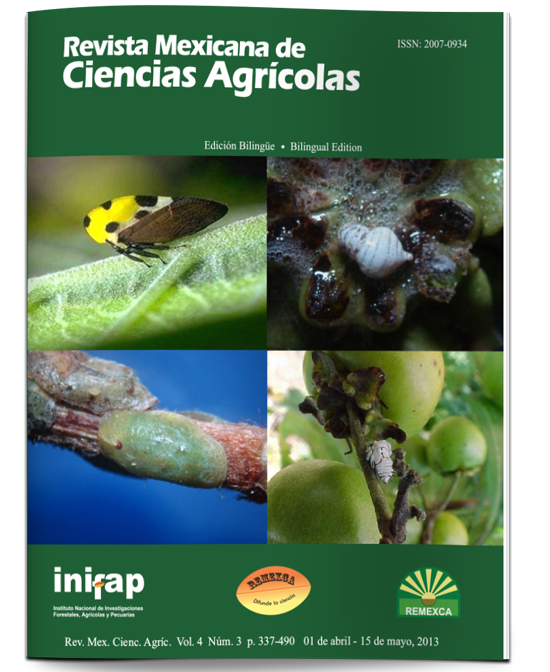Economic efficiency of vanilla curing (Vanilla planifolia J.) in the Totonacapán region, Mexico
DOI:
https://doi.org/10.29312/remexca.v4i3.1208Keywords:
traditional curing, oven curing, competitiveness, prof itabilityAbstract
Curing vanilla is a fundamental activity in the vanilla product system, because it generates dehydrated vanilla, a value-added product demanded by the national and international markets. In this regard, it is important to know the level of competition in this segment of the production chain. The purpose of this research was to estimate the competitiveness of two vanilla curing systems in the Totonacapán region. The methodology uses the policy analysis matrix (PAM), which generates the private cost ratio (PCR) and the domestic resources cost ratio (DRCR), which indicate the level of economic efficiency of the systems. The information was obtained in the study region during 2009, from face to face interviews with 15 vanilla curers in their curing plants, based on a directed sampling. The traditional curing system (sun wilting) shows an efficient use of domestic resources and has a comparative advantage over other systems; it is profitable, while the heating furnace system resulted in low efficiency and showed no comparative advantage.
Downloads
Downloads
Published
How to Cite
Issue
Section
License
The authors who publish in Revista Mexicana de Ciencias Agrícolas accept the following conditions:
In accordance with copyright laws, Revista Mexicana de Ciencias Agrícolas recognizes and respects the authors’ moral right and ownership of property rights which will be transferred to the journal for dissemination in open access. Invariably, all the authors have to sign a letter of transfer of property rights and of originality of the article to Instituto Nacional de Investigaciones Forestales, Agrícolas y Pecuarias (INIFAP) [National Institute of Forestry, Agricultural and Livestock Research]. The author(s) must pay a fee for the reception of articles before proceeding to editorial review.
All the texts published by Revista Mexicana de Ciencias Agrícolas —with no exception— are distributed under a Creative Commons License Attribution-NonCommercial 4.0 International (CC BY-NC 4.0), which allows third parties to use the publication as long as the work’s authorship and its first publication in this journal are mentioned.
The author(s) can enter into independent and additional contractual agreements for the nonexclusive distribution of the version of the article published in Revista Mexicana de Ciencias Agrícolas (for example include it into an institutional repository or publish it in a book) as long as it is clearly and explicitly indicated that the work was published for the first time in Revista Mexicana de Ciencias Agrícolas.
For all the above, the authors shall send the Letter-transfer of Property Rights for the first publication duly filled in and signed by the author(s). This form must be sent as a PDF file to: revista_atm@yahoo.com.mx; cienciasagricola@inifap.gob.mx; remexca2017@gmail.
This work is licensed under a Creative Commons Attribution-Noncommercial 4.0 International license.



